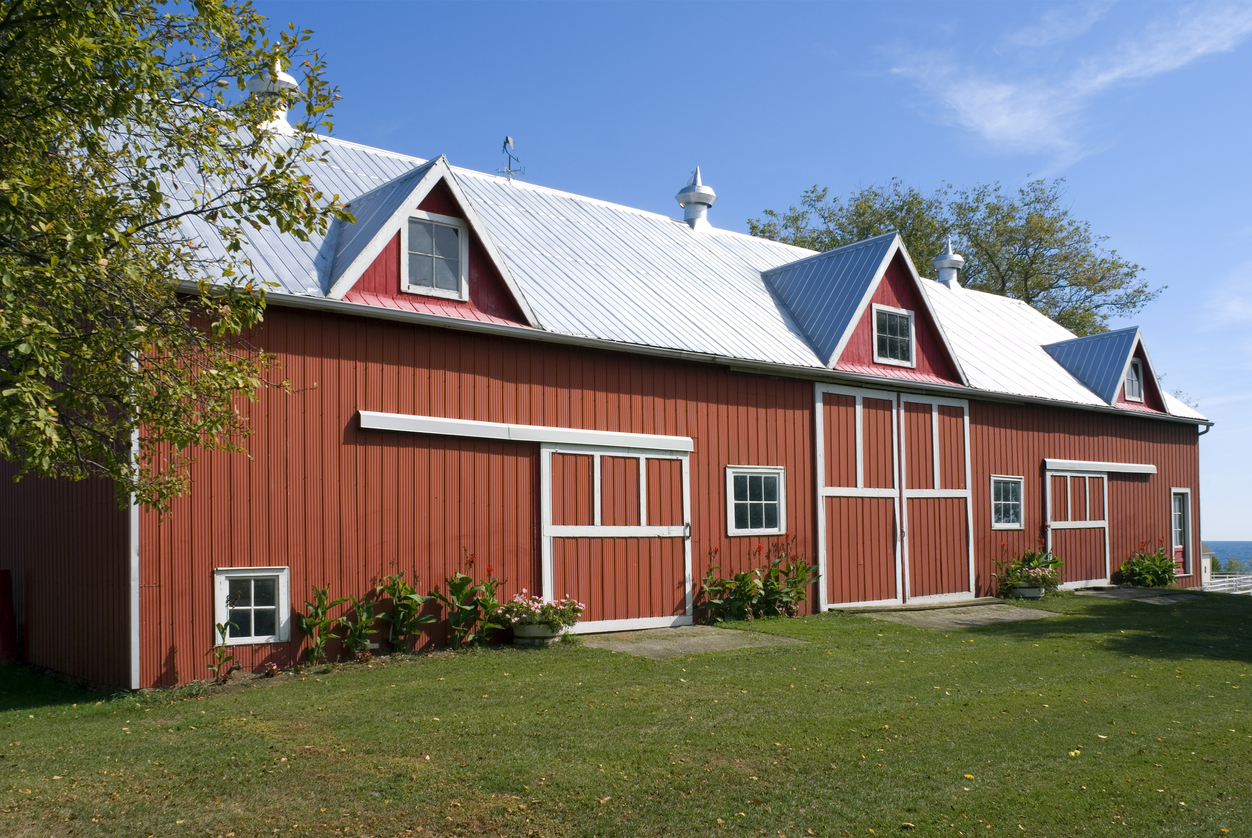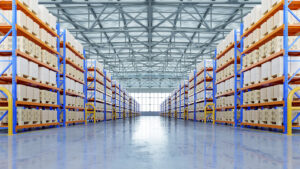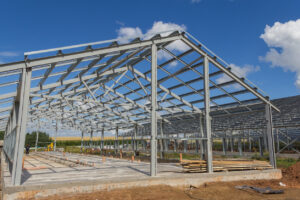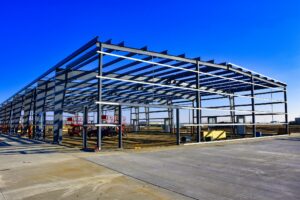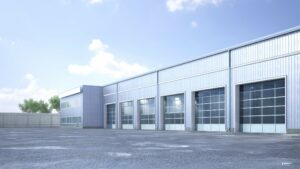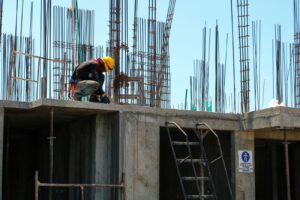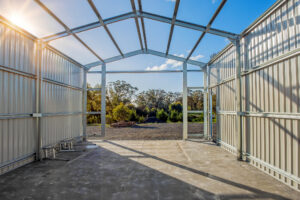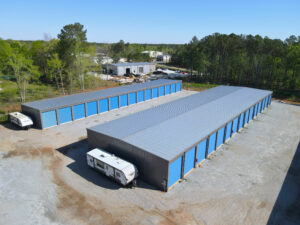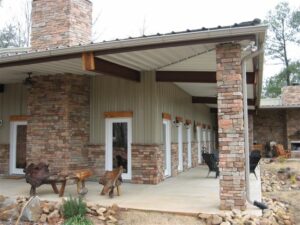One of the most fundamental decisions to make when constructing a new building is simply what material to use. Modern buildings are usually constructed of metal, wood, or (sometimes) plastic. If you’re about to construct a new building, here are some of the advantages that each building material offers.
Classic Appearance: Wood
The most classic-looking of these three materials is wood, for it’s been used throughout North America for centuries. From a house to a large commercial structure, wood remains what most people imagine when they think of a traditionally constructed building. That traditional appearance is generally the most preferred aesthetic for just about any type of building.
Between metal and plastic, many people prefer metal over plastic. Plain steel has an industrial look that’s in vogue at the moment, and steel can be dressed up with color for a different look. Plastic still looks like plastic regardless of how it’s colored, shaped or otherwise dolled up, and the overall appearance of plastic is broadly considered to look cheap.
Easiest Maintenance: Metal, Plastic, or Wood?
There’s a saying within the construction industry: “Where there is wood, there is work.” Wood is an organic material that changes shape (i.e. warps, swells, shrinks) and decays over time. As wood ages, preventative measures and repairs must be made. Those measures and repairs have material and labor costs, not to mention hard work from whoever is treating the wood.
In other words, wood is the least maintenance-friendly material to build with. Metal and plastic don’t use wood in their construction, and are thus much easier to maintain.
Neither metal nor plastic will sustain insect damage or rot. Galvanized steel buildings also won’t rust. Virtually no work beyond spraying cleaning is required for years after a steel building is constructed.
Construction Costs: Metal or Plastic
Both prefabricated steel buildings and plastic buildings are simpler than wood to set up. The materials don’t warp like wood can, so all pieces are straight and all joints are at exactly correct angle. Steel buildings also come pre-punched, pre-drilled and pre-welded. These details make for a much faster construction, which significantly reduces onsite labor costs.
The components for prefabricated steel and plastic buildings are also manufactured in a factory, which has efficient machinery and an indoor climate. This greatly reduces time and labor costs, when compared to cutting boards individually by hand.
Finally, the material costs of steel tend to be far less expensive than other building materials.
Construction Time: Metal or Plastic
The most uncertain factor in any building construction is simply weather-caused delays, and this is primarily a concern when working onsite. Metal and plastic both minimize this concern, as they reduce how much work must actually be done onsite. As a result, the timeframe of steel and plastic building construction can be estimated more accurately.
Size: Metal
Metal is the most practical material to use when erecting a large building. Prefabricated steel buildings can be virtually any size. Even large warehouses, distribution centers, sports complexes and agricultural buildings can be made from steel without issue.
Plastic is primarily used for small secondary structures, such as sheds or gazebos. It’s not strong enough to support the weight that a large building has to sustain. Additionally, plastic components can’t be as flat as steel pieces, so shipping costs for plastic become prohibitively expensive when making larger buildings.
Wood can be used for sizable buildings, although it’s not often used for the especially large buildings that businesses need today. Steel’s lower building costs and reduced maintenance needs only increase the savings as a building’s size grows.
Durability: Metal
Metal buildings can last for decades without issue. Neither wood nor plastic lasts as long or with as little required care.
Regardless of what preventative measures are taken, wood eventually decays to the point that it must be replaced. While there are wood structures more than a century old, these tend to be smaller houses. The wood in most houses this old has been completely replaced, as parts have been replaced over the years.
Plastic doesn’t decay like wood does, but it wears down quickly when contrasted with steel. Extreme temperatures and sun cause the compounds in plastic to become brittle, breaking more easily when impacted and supporting less weight. A plastic utensil might last in a kitchen for decades, but the material is less durable when it must maintain structural integrity to support a building. Durability is one of the main reasons why plastic buildings tend to be smaller secondary structures.
Affordable and Durable Metal Buildings
We at SteelCo specialize in prefabricated metal buildings that are affordable, practical, and last for years. We’ve been designing and erecting buildings for over 20 years. To learn more about the steel buildings we offer and find out whether one might be right for your purposes, contact us today.








